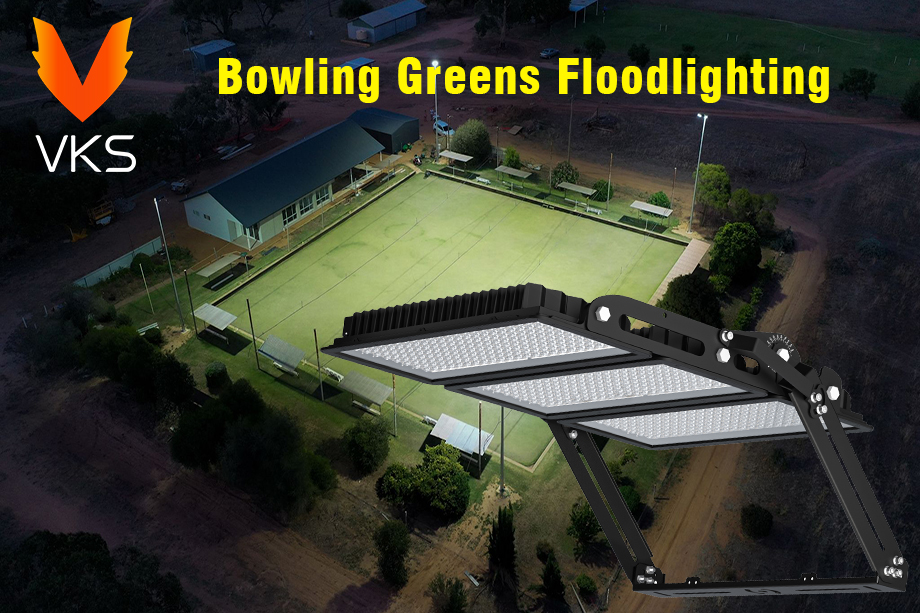As the sun dips below the horizon, doesn’t your cherished game of bowling greens need to go on? The answer is an emphatic yes! Whether you’re a club owner seeking improved aesthetics and safety for your members or a passionate bowler looking forward to extended evening games, this article will prove invaluable.
Lighting should not be just about visibility. It’s also about setting the perfect ambiance for that competitive yet friendly spirit of bowling greens. Therefore, it becomes essential that when considering an upgrade, one must be aware of the crucial points and avoid glaring mistakes.
So let’s turn our attention towards those all-important aspects in upgrading your bowling greens lights that could make or break your after-dark gaming experience.
Weight bearing capacity of the existing poles
Before you consider installing new bowling greens lighting, it’s crucial to determine whether your current poles can bear the additional weight. Try to evaluate their condition and also, assess their strength to handle extra load.
If you find that they are not able to sustain any additional weight, then you need to proceed cautiously with selecting your new lights. Opt for lights that are either identical in weight or very closely match the ones that you are currently using or replacing.
Remember, a careful selection aids in maintaining balance of the pole structure while ensuring efficient illumination from your newly installed bowling greens lighting. Therefore, making sure the poles can support the weight is key in ensuring longevity and efficiency of your bowling greens lighting setup.
Regulations of new pole installation
If you’re planning to replace the poles, the first thing to ensure is that they are installed in full accordance with your local council’s stipulated regulations and guidelines. These rules can vary from location to location, thus taking time to understand them will prevent any costly mistakes or violations.
Next, delve into the warranties associated with these new poles. This information is crucial. A longer warranty period signifies trust from manufacturers in their product’s durability. Check what aspects of damage or wear and tear are covered by said warranties; this can include factors like weather damage, termites, etc.
Having all bases covered will allow for a smooth installation process which meets all regulatory standards while availing maximum protection through warranties.
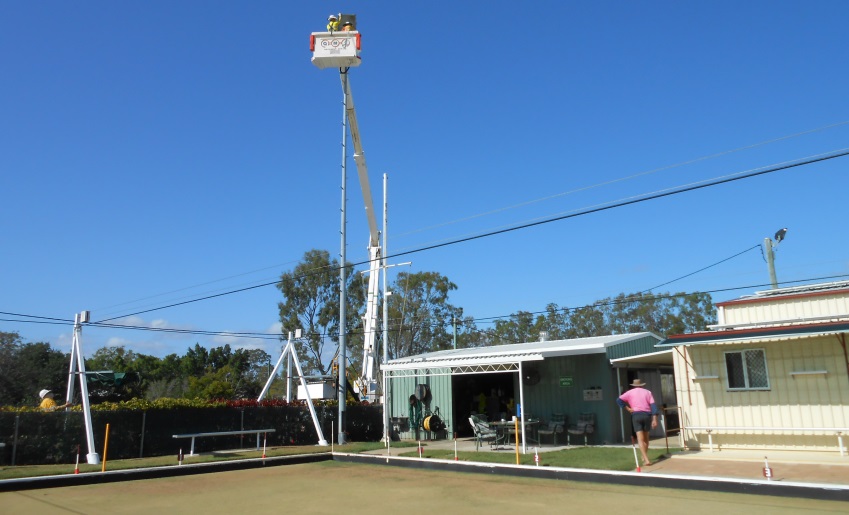
Checking the lux levels of your bowling greens
Have you performed a thorough examination of the current lux levels in our environment? This involves measuring and checking if our bowling greens lighting conditions are suitable to meet our needs both in terms of visibility and energy consumption.
After acquiring this fundamental data, have you cross-referenced it with the newly proposed plan? It’s necessary to put them side-by-side and conduct a detailed comparison. We need to identify which areas show improved bowling greens lighting intensity or decreased energy use with the implementation of the new plan.
Is there an apparent advantage with the new plan? Assess whether these potential improvements justify moving forward with this transition. Weigh up the benefits against any costs or downside involved. The ultimate goal is to achieve optimum bowling greens lighting conditions along with cost-effectiveness.
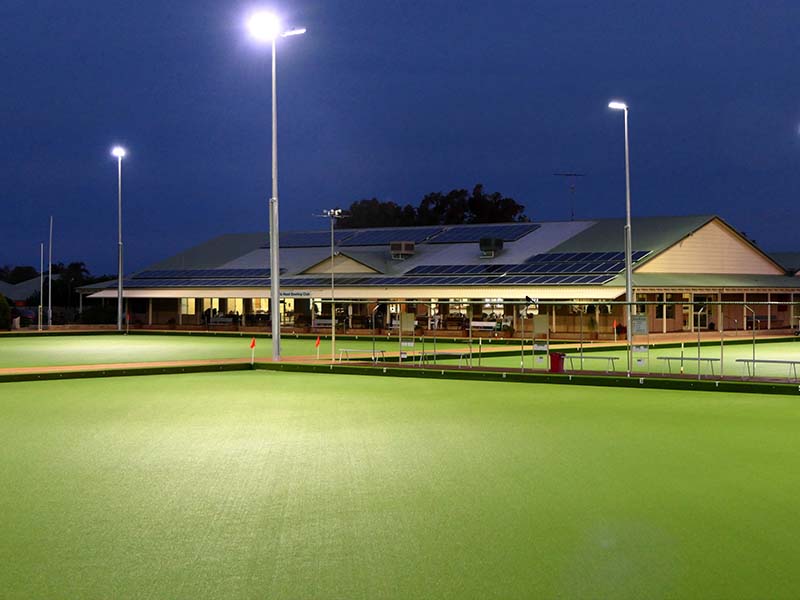
Bowling greens lighting standards
Has the supplier of our bowling greens lighting equipment presented concrete proof that the uniformity and intensity of their products will be in accordance with prevailing industry standards? It is vital that our bowling greens lighting systems pass specific regulations for overall quality and safety. These parameters include the consistent spread of light across a given space, also known as uniformity, and the power or brightness denoted by the level of illumination.
Additionally, it would be integral to determine if their range can comply with potential changes in regulation, ensuring conformity to future updates in standards. Have we received any sort of documentation or results from tests run on their side confirming this?
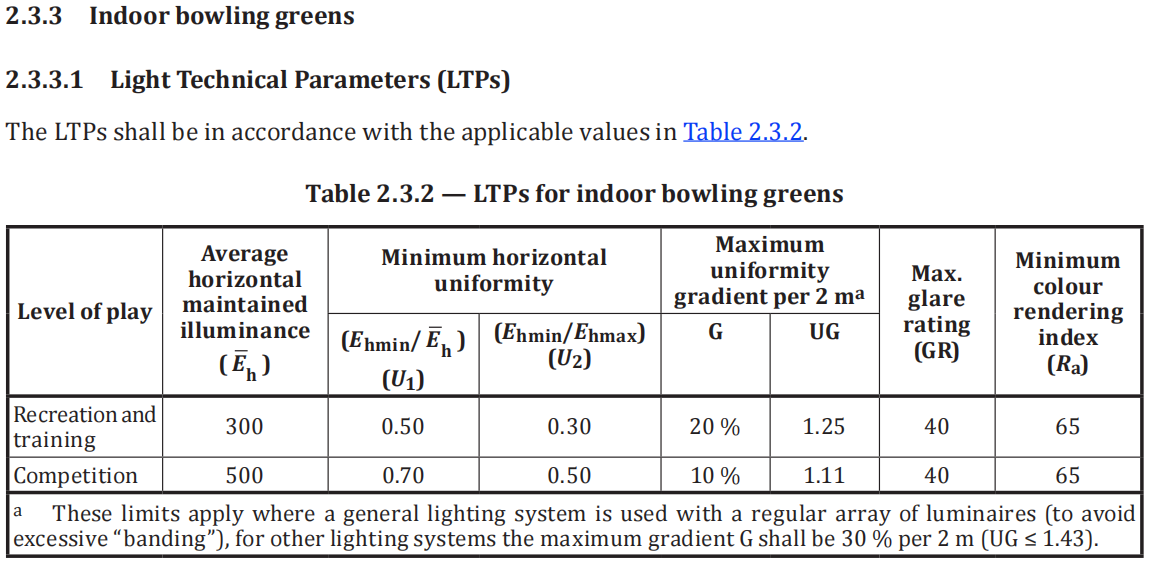
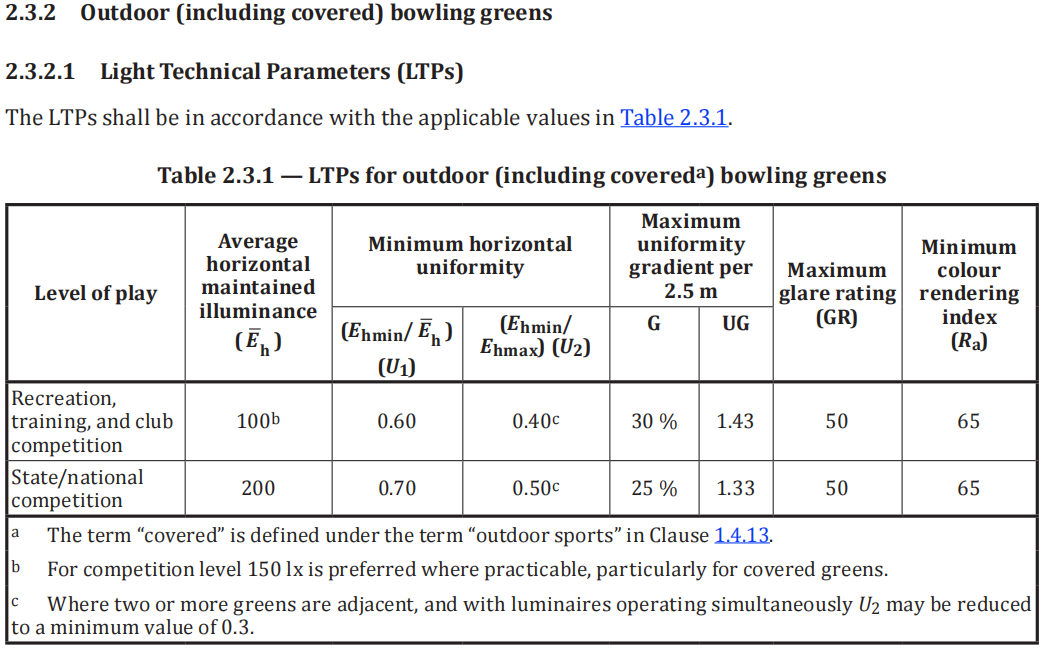
New LED bowling greens lighting or old metal halide lighting
Have you successfully managed to gain an edge in terms of power consumption with your new setup? Were the new changes efficient and beneficial for reducing your energy usage, leading to long-term cost savings?
Or, one might ask whether sticking with your old metal halide (MH) fittings would have been a more economical choice. Have you thoroughly compared the energy efficiency and maintenance costs between the old MH fittings and the new system? It’s pertinent to examine whether the change has made financial sense by minimizing your electricity bills or not.
Often, an accurate assessment of an upgrade’s energy efficiency requires consideration of factors like power consumption rate and cost-effectiveness over time, as these can significantly impact overall expenses.
Why choose LED bowling greens lighting?
Today’s floodlighting systems predominantly utilize either high-intensity discharge lamps (HID) – a more traditional technology, or light-emitting diodes (LEDs) to generate light. The mechanism of HID lamps involves the use of sodium vapor or similar gases to emit light. On the other hand, LEDs, a newer substitute, employ small semiconductors for light production. These distinct methodologies used by LEDs and HIDs result in significant differences between them.
Energy efficiency
Light Emitting Diodes (LEDs) are a superb form of energy-efficient lighting technology, drastically outperforming alternatives such as High-Intensity Discharge lamps (HIDs). They consume significantly less energy, making them superior for different applications.
The lowered consumption rate doesn’t just manifest in terms of great conservation efforts; it is also evident in the substantial cuts on operating costs. As a result, LEDs prove to be economical by curbing expenditure on energy.
More importantly, LEDs contribute immensely towards environmental protection due to their low power usage and minimal waste production. Therefore, choosing LED technology isn’t only an economically sound decision but also a green choice that aids our collective mission towards sustainability.
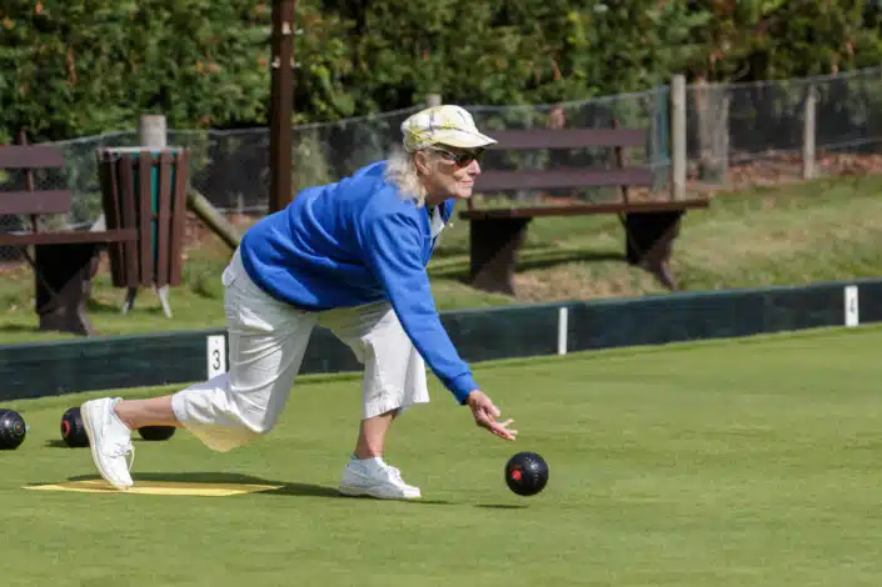
Warm up time
A traditional gas bulb has an average lifespan that is significantly shorter than that of a cutting-edge LED floodlight. In fact, you’d need to replace a gas bulb not just once, but three to five times before you’ll even start thinking about replacing an LED floodlight. This consideration plays a huge role in terms of maintenance costs.
Over time, the expenses for repeatedly purchasing and replacing gas bulbs build up. With each replacement cycle, there’s also the added inconvenience and labor cost involved in the seemingly simple task of changing these bulbs. Compared to an LED floodlight which promises longevity, any short-term savings offered by gas bulbs are quickly overshadowed by their high maintenance requirements – both financial and logistical.
Colour rendering
Colour rendering significantly influences the ability to perceive colours and textures. This is essentially how accurately a light source reveals various colors around us visually compared to an ideal or natural light source.
In this context, LEDs – Light Emitting Diodes play a critical role. They are known for their superior colour-rendering properties, allowing them to enhance the vividness of colours and clarity of textures. This proficiency surpasses many conventional sources of lighting, making LEDs excellent in colour rendition.
For players and spectators at events or shows lit with LED lights, this directly correlates to an enhanced visual experience. The improved representation of colours creates a more realistic, vibrant environment that’s aesthetically pleasing to the human eye. Thus, the use of LEDs significantly contributes towards a top-notch visual environment that truly stands out.
LED light fixtures have the ability to be dimmed below their highest output. This feature is particularly advantageous during rehearsals, as it allows for energy and cost savings by operating the lights at less intense settings. Additionally, systems can be equipped with lighting controls to swiftly alter colour temperature.
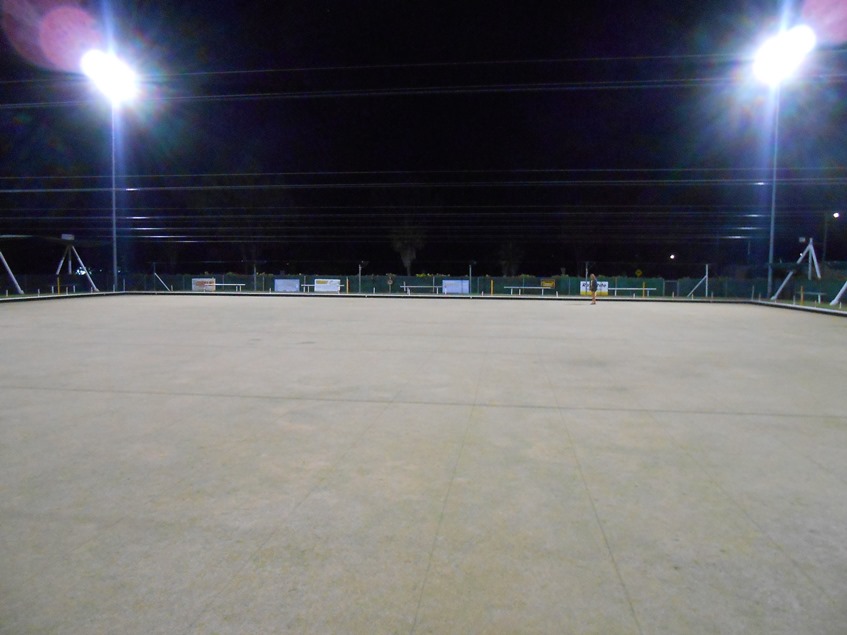
Remember that a competent professional lighting company should be able to handle these matters for you. Take, for instance, VKS’s free lighting design service – it guarantees optimal performance of your bowling greens’ lighting system.
Post time: Jan-19-2024

